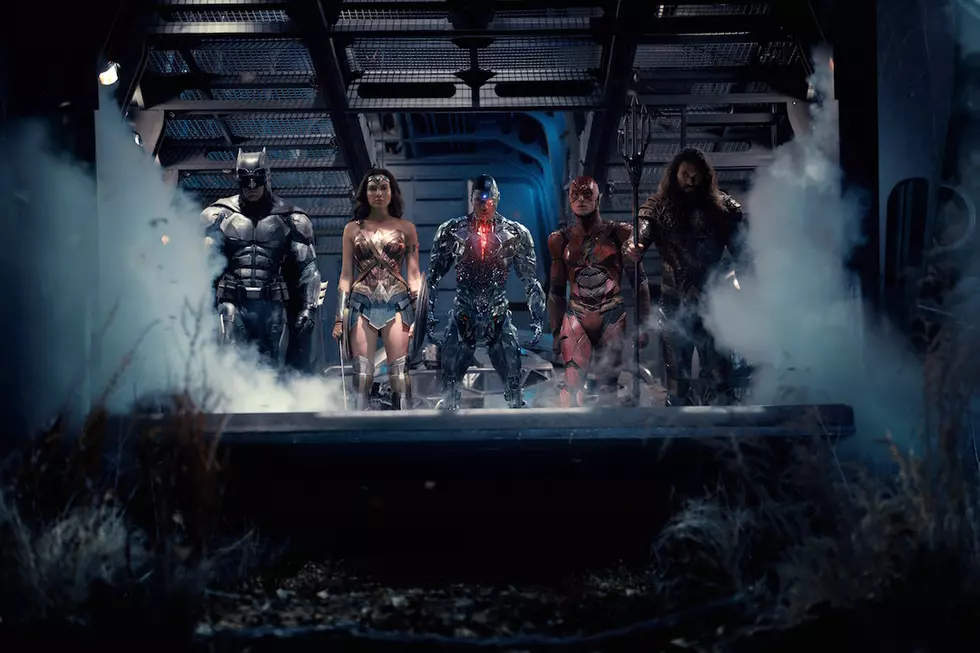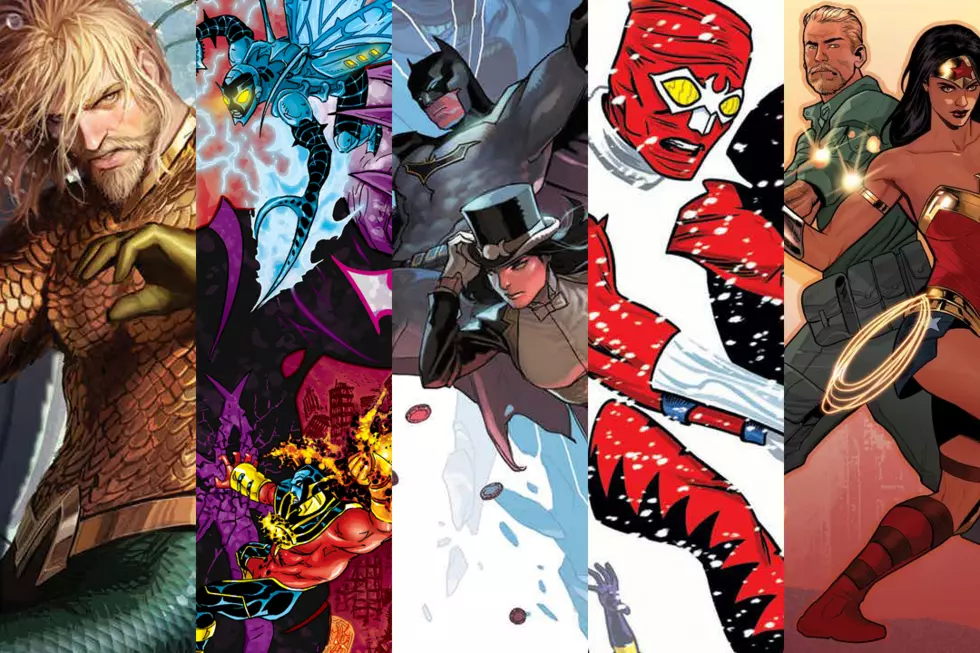
Ramona Forever: A Birthday Tribute to Ramona Fradon
It's no secret that women have long been underrepresented in superhero comics, both as characters and as creators. In the case of the latter, in the Silver Age of comics, your options were more or less limited to two: Marie Severin, who did her groundbreaking work largely at Marvel, and the brilliant Ramona Fradon over at DC.
Ramona Fradon was born on October 1, 1926, and studied art at the Parsons School of Design in New York, as well as the New York Students' Art League. She never read comic books as a child, but had a love for newspaper strips, including The Phantom, Li'l Abner, Prince Valiant, Terry and the Pirates, and The Spirit.
After finishing art school, she married Dana Fradon, a now legendary cartoonist for The New Yorker, who encouraged her to try her hand at cartooning, and, much to the good of herself and all of us, she turned out to be quite good at it.
Her husband's friend, comics letterer George Ward, asked her for samples to show to editors at DC, and before long, she landed her first assignment drawing Shining Knight in 1951's Adventure Comics #165. However, the Shining Knight feature would be replaced two issues later by a feature moved over from More Fun Comics, and history was soon to be made as Fradon found her first signature character: Aquaman.
Fradon would work on the Aquaman feature for over a decade, even after the feature migrated over to World's Finest Comics in 1962. During this time, Fradon's beautiful, smooth line and expressive, heroic figures managed to elevate what might otherwise have been the fairly rote stories of 1950s Aquaman into something elegant and exciting. When the character was reinvented for the Silver Age, Fradon was there, designing new sidekick Aqualad and illustrating Aquaman's all new origin, which give him a real name for the first time in twenty years.
Fradon's handsome, dynamic Aquaman and cute, buoyant Aqualad, together with her ability to capture the wonder of the undersea kingdom of Atlantis and draw convincingly and appealingly the antics of a precocious octopus and other finny friends combined to make Fradon perhaps the best artist ever to have worked on Aquaman, and considering that group contains such industry titans as Nick Cardy and Jim Aparo, this is no mean feat.
Fradon's best work, however, would come in 1965, following a brief hiatus to have a daughter. It was at this time that she co-created Metamorpho with writer Bob Haney. Metamorpho is perhaps the quintessential book of DC's Silver Age, and a large part of that comes from Haney's nutso plotting and charmingly, un-self-consciously faux hip dialogue, but the essential ingredient to the success of the book was Fradon's character designs.
Cartoonist Calamity Jon Morris has called Fradon's designs for Metamorpho "the best-realized character designs in the entire genre of superhero comics," and that's hard to argue against. Rex Mason's heroic jaw but tragic eyes, Sapphire's hourglass figure that belied her constant anxiety at being torn between her love and her father, Simon Stagg's black-rimmed, impossibly browed eyes showing both his ferocity and his insatiable avarice, and Java's primitive features and gawky, almost adolescent posture all work to make one of the most appealing casts in all of comics history.
Fradon would only draw a total of six Metamorpho issues — two tryout issues in Brave and the Bold, and the first four of the series proper — plus a handful of covers. After drawing Brave and the Bold #59, the first issue of that series that featured a Batman team-up, which would become the thrust of that series for the rest of its run, Fradon took another hiatus from comics in order to raise her daughter.
Returning to comics in 1972, she would draw DC's revived Plastic Man (one of her favorites, as his pliable features suited her expressive style well), Freedom Fighters, and almost the entire run of Super Friends. During this period, she drew two issues for Marvel — a fill-in issue of Fantastic Four and a never-published issue of The Cat — but she found she did not mesh well with the Marvel method, and soon happily went back to doing stories back at DC for House of Mystery and House of Secrets.
In 1980, Fradon entered the next major phase of her career, taking over the art duties on the syndicated comic strip Brenda Starr from its creator, Dale Messick, who continued to script the strip for a while before handing it off to other writers. Fradon would draw the strip continuously until 1995, at which point, she retired after a forty-five year career in comics.
But even retirement hasn't kept Ramona Fradon idle: she can still be found contributing the occasional comic, such as Mermaidman stories in SpongeBob Comics, and a story in First Second's anthology Fairy Tale Comics, and in 2012 she wrote and illustrated her own children's book, The Dinosaur That Got Tired of Being Extinct.
What's more, she is still active in the convention scene, so if you happen to see her, maybe stop by and thank her for her long career of beautiful, influential work.
More From ComicsAlliance









